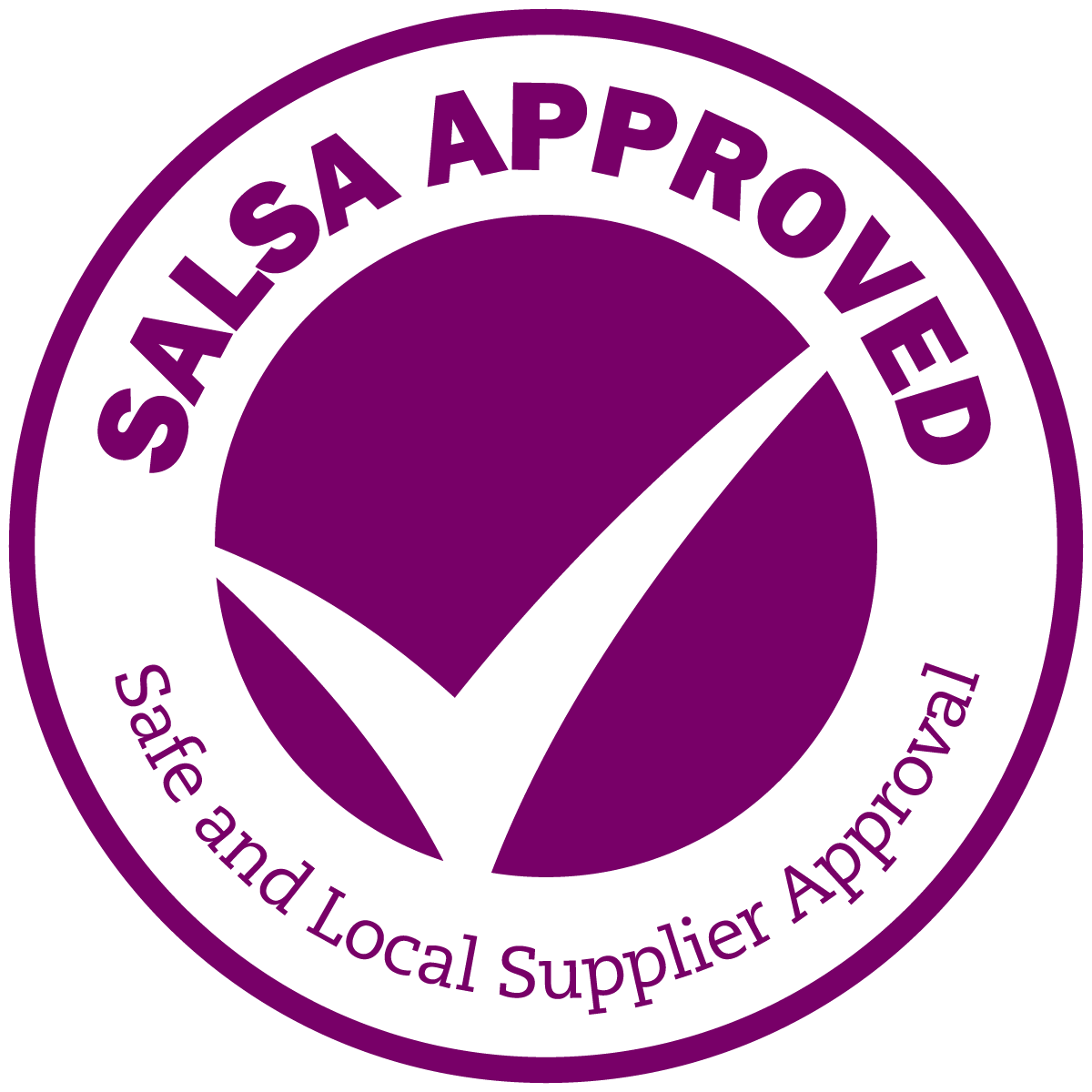The Process at
Hattingley Valley
Simon Robinson founded Hattingley Valley in 2008, which is located at Wield Yard in Lower Wield, Near Alresford, Hampshire. Whilst we predominantly make English sparkling wine, we also create our Hattingley Valley STILL wines, and when we have a particularly good harvest, our Hattingley Valley Entice. The process of getting a grape to glass is a complex one, even more so in the United Kingdom. Below is a VERY brief overview of the equipment we have at the winery and the process, but it takes up to seven years to create the wines that you see in our bottles! Want to learn more? Come and visit us at the winery for a tour!
Harvest
Harvest is the pinnacle of the grape-growing year at Hattingley Valley. The vineyard team decides when the grapes are perfectly ripe to pick and then gets to work. Each bunch is carefully picked by hand to avoid any damage to the grapes. The hours are long and days endless, but it brings everyone together and is just the start of the wine making journey.
Pressing
The grapes are rushed to the winery to be pressed as soon as they can. The grapes travel in 20kg crates to avoid any premature squashing. Once loaded into the Coquard press gentle pressure is applied to minimise the extraction of undesirable colours and tannins. This produces the finest quality juice from our carefully nurtured Hampshire grapes.
Fermentation
This quality juice is then fermented into a fairly neutral base wine using a special champagne yeast. Here at Hattingley a small proportion of our wine is fermented in old Burgundian oak barrels with the remainder in stainless steel tanks. Temperature control is key - too cold and the yeast won't work, too hot and the fermentation will run too fast and possibly get stuck. Some of the juice is selected for malolactic fermentation in which case those bacteria are co-inoculated with the yeast to soften the green malic acid found in the grapes to softer lactic acid.
Blending
The art of blending aims to ensure a consistent style from year to year and to identify the different types of wine we make. At this point reserve wine from previous vintages may be added to the current blend. The winemaking team call on their experience of tasting the indivudual wines over the years to perfect this art.
TIRAGE & BOTTLING
Before the wine is bottled tirage liqueur must be added. The liqueur is a mixture of wine, sugar and yeast and its purpose is to induce a second, slower fermentation in the bottle. All processes now take place inside the same bottle you will eventually see on the shelf.
SECOND FERMENTATION & AGEING
The second fermentation can take 6-12 weeks to complete adding approximately 1.5% alcohol to the final wine and trapping the build-up of carbon dioxide, creating the fizz effect. The pressure within the bottle is then equivalent to the pressure in the tyre of a double-decker bus!
In order to maximise quality and deliciousness, the wine must spend 'time on lees', which means contact with the dead yeast cells in the bottle, also known as 'autolysis'. The high acid of the initial grapes and juice enables the wine to withstand this ageing period and improve. Autolysis gives the wine more complexity - identified by the bread, toast and brioche character often found in long lees-aged wines. The winemakers will decide when the wine is ready after several years.
Riddling
Once the optimum moment is identifed we riddle the wines on our Gyropallet. It canhandle 2000 bottles at a time and takes the horizontal bottles and slowly moves them to a vertical position, moving the yeast to the neck of the bottle. This process takes 7 days and is a crucial part of the sparkling process.
Disgorging
The neck of the bottle is then frozen so that the yeast can be removed. The disgorging line then adds the dosage liqueur of wine and sugar and a butterfly cork and wirehood resulting in the finished product - a beautiful bottle of English sparkling wine.
Labelling
Finally, the bottle is labelled in house. Each label is designed by the Hattingley team giving each wine its own identity, and is the wine you see on the shelf.
The Winery
Simon Robinson founded Hattingley Valley Wines in 2008 and acquired Hattingley Farm in 2000. In 2009 Simon started building his state of the art, eco-friendly Winery on a site approximately 0.6ha. The winery is located at Wield Yard in the village of Lower Wield, Near Alresford, Hampshire.
723m2 of the winery are devoted to the main press and tanks; a thermal regulating system permits us to regulate the temperature of each tank individually. A further 229m2 is a temperature-controlled area where bottle-storage and riddling and disgorging are currently conducted. Total tank space is currently around 460,000 litres, divided into some 100 tanks and around 230 barrels
Our Presses
Our largest press is the Coquard PAI automatic tilted plate press. It has a large pressing surface ideal for slowly pressing the juices out of the grapes without crushing the delicate skins. Outside undercover, we house our two Magnum pneumatic presses, the busiest presses during harvest. Each press can hold just over 4 tons of grapes. For smaller batches of grapes, we use our Mini Magnum pneumatic press with a mini conveyor belt.
The Lab
The laboratory (Custom Crush) was established as a separate business in 2008 by our winemaker Emma Rice to offer an efficient, reliable wine analysis service to the wineries and vineyards of the UK. Since 2018 it has been owned by Hattingley Valley Wines and, while it provides on-site analysis for the winery and its winemaking clients, it operates independently offering a completely separate service for external clients.



